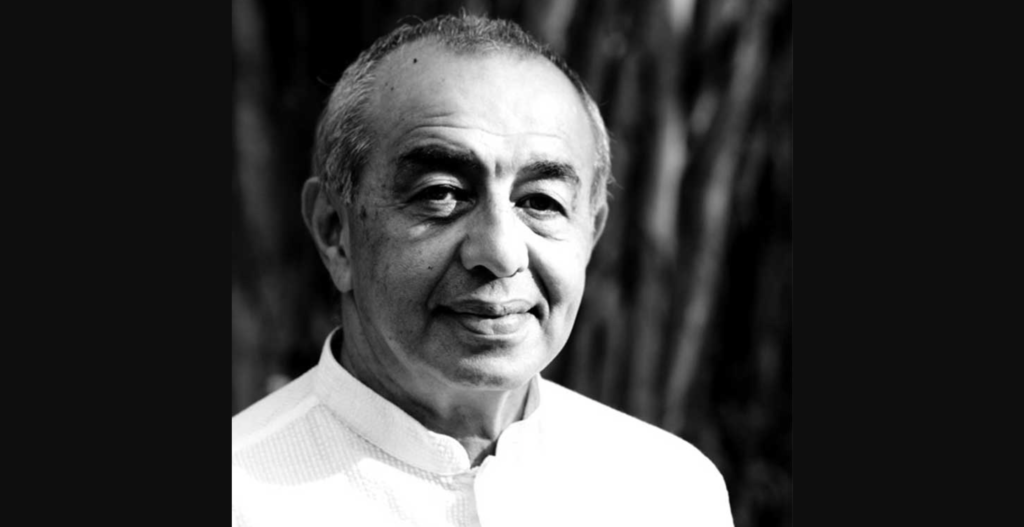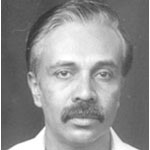A pall of gloom hung over classical dance circles across the country with the passing of renowned contemporary dancer Astad Deboo. Deboo succumbed to non-Hodgkins lymphoma, a virulent form of cancer at 73, the diagnosis coming barely a month before his demise.
In a career spanning over five decades, Astad Deboo created and visualised a dance form that was a confluence of cultures although rooted in the dynamics of Kathakali and Kathak and earned accolades galore. Born in a conservative Parsi family in Navsari, Gujarat on 13 July 1947, he picked up the rudiments of Kathak at six and trained under the late Indra Kumar Mohanty and the late Prahlad Das. After graduation he began to contemplate on choosing dancing as career. A chance dekko of a performance by the American Murray Louis Dance Academy inspired him.
To enlist at the Martha Graham Centre of Contemporary Dance, New York, a young Deboo hitch-hiked his way utilising whatever mode of transport was available and finally landed up at the Academy. He would later enroll himself for a course in the London School of Contemporary Dance as well. He was fascinated with the Martha Graham technique of dancing and imbibed its nuances which he later applied while choreographing. The extensive training in all forms of modern dance stood him in good stead when he decided to branch out on his own.
Deboo returned to India in 1977 and straightaway decided to take up the Indian dance form of Kathakali under the tutelage of Guru Krishna Panikkar in Tiruvalla. One of his earliest performances under his Guru was at the famed Sri Krishna Temple at Guruvayur. The idea of blending Kathak and Kathakali with modern dance popularised in the west came to him in a flash. He created a new style which would be an amalgamation of Indian classical dance and western group dance techniques. A turning point in his career came in 1986 when the world renowned designer Pierre Cardin commissioned him to choreograph for Maya Pisetskaya a premier ballerina in the Bolshoi Theatre Ballet Company. His choreography found merit with the established dance companies across the world.
Deboo soon began to collaborate with the likes of Pina Bausch, Alison Becker Chase and the music troupe Pink Floyd. These collaborations took him across the globe and stamped his prodigious talents even further. Among his most celebrated performances was at the Great Wall of China. He also excelled in choreographing for various themes and his outstanding dance recitals included ‘The Asylum’ and ‘Mangalore Street.’ Deboo also worked closely with martial artists from Manipur creating a unique fusion of classical dance and martial arts movements. Although pressed for time the dancer worked in films directed by Mani Ratnam, Vishal Bharadwaj and in Meenaxi – A Tale of Three Cities helmed by painter M F Husain. A striking feature of Deboo’s repertoire apart from the fluidity and grace of his movements was his sartorial elegance. The long flowing, colourful gowns that covered him from head to toe and fluttered, even as he swirled and swayed, were eye catching and impactful.
Deboo started the ‘Astad Deboo Foundation’ in 2002 with the avowed objective of teaching dance to the hearing impaired, the marginalised and children with disabilities and it functioned in other countries as well. A performance by his wards at the Rashtrapati Bhavan is reported to have moved the ‘People’s President’ APJ Abdul Kalam to tears. Deboo also courted theatre, designing, fashion photography and community welfare. He was an outstanding cultural ambassador who popularised Indian dance forms in all corners of the world. Significant among the honours and awards that came his way was the Padma Shri and the Sangeet Natak Akademi Award. Deboo passed away in Mumbai on the 10 December 2020 leaving behind a myriad memories and a legion of admirers across the world.


 [/column]
[/column]